The 2021 Kawasaki Ninja H2R is a Track Day Weapon
Contents
The Japanese-made 2021 Ninja H2R is Kawasaki’s version of bringing out the bigger hammer. Powered by a Supercharged, 998cc, liquid-cooled, 4-stroke DOHC 16-valve In-line four-cylinder engine, the flagship model for Kawasaki puts out a mind-blowing 310 hp@ 14,000 rpm and 121.5 lb-ft @ 12,500 rpm. Reaching such lofty heights keeps the H2R as a track day weapon, Kawasaki has not attempted to make it road legal.
With the ability to create such incredible power figures, it is a given that the Ninja H2R would have incredible high-speed abilities. The H2R styling is a masterclass in motorcycle aerodynamics, function over form leads the way. It is not a traditionally sexy supersport bike, it is more of an in-your-face, I-think-I-just-may-eat-you-and-I-am-starting-with-your-soul, kind of attractive. From the saddle, with the air rushing past the perfect protected bubble you are in as you rip down the back straight at over 300 kph, looks won’t matter, just the function of all those winglets keeping the bike firmly planted.
With every single piece of high tech engineering magic on this bike, you will look like Jordan Szoke turning laps. Hiding under all that carbon fiber lurks, 9 levels of traction control, launch control, Kawasaki Intelligent anti-lock Brake System, adjustable engine braking, Kawasaki’s advanced modeling software takes feedback from the Inertial Measurement Unit (IMU) and can stabilize every movement through the corners. It’s Kawasaki’s finest achievement painted in Mirror Coated Matte Spark Black.
The H2R remains unchanged in the 2021 line up, including the difficulty of finding one. As Kawasaki states, “Order period is now closed.” Maybe you can be among the fortunate few to find this big hammer and beat the track into submission.
The 2021 Kawasaki Ninja H2R starts at $55,000 USD / $61,700 CAD.
On this page: we’ve curated specs, features, news, photos/videos, etc. so you can read up on the new 2021 Kawasaki Ninja H2R in one place.
Model Overview
General Info
- Price: $55,500 USD / $61,700 CAD
- Key Features:
- Supercharged
- Track-only; not road legal
- Advanced electronics package (Launch control, cornering control, 9-step traction control)
- Intelligent ABS
Main Specs
- Engine: 998cc, 4-stroke, 4-cylinder
- Power: 310 Hp
- Torque: 121.5 lb-ft
- Wet Weight: 476.3 lb
- Seat Height: 32.7 in
2021 Kawasaki Ninja H2R Specifications
ENGINE |
||
| Engine | 998 cc, Liquid -cooled, 4-stroke, In-Line Four, DOHC, 16-valve | |
| Power | 310 Hp | |
| Bore x Stroke | 76.0 x 55.0mm | |
| Compression Ratio |
8.3:1
|
|
| Fuel System | DFI® with 50mm throttle bodies (4) with dual injection ; Kawasaki Supercharger | |
| Starter | Electric | |
| Maximum Torque | 121.5 lb-ft @ 12,500 rpm | |
DRIVETRAIN |
||
| Clutch | ||
| Transmission | 6-speed, return, dog-ring | |
| Final Drive | Sealed chain | |
CHASSIS |
||
| Suspension Front | 43mm inverted fork with adjustable rebound and compression damping, spring preload adjustability and top-out springs/4.7 in | |
| Suspension Rear | Uni-Trak®, Öhlins TTX36 gas charged shock with piggyback reservoir, 22-way compression and rebound damping and adjustability, and hand-turn spring preload adjustability and top-outspring/5.3 in | |
| Brakes Front | Dual radial-mount, opposed 4-piston Brembo Stylema® calipers, dual semi-floating 330mm discs, KIBS ABS | |
| Brakes Rear |
Opposed 2-piston calipers, single 250mm disc, KIBS ABS
|
|
| Tires Front | 120/60 17 Bridgestone Racing Battlax V01F Slick, Soft | |
| Tires Rear | 190/65 17 Bridgestone Racing Battlax V01R Slick, Medium | |
| Fuel Tank Capacity | 4.5 gal | |
| Color |
Mirror Coated Matte Spark Black
|
|
ELECTRICAL |
||
| Ignition | Digital | |
| Spark Plugs | ||
| Headlight | LED | |
| Tail Light | LED | |
DIMENSIONS |
||
| Overall Length | 81.5 in | |
| Overall Width | 33.5 in | |
| Overall Height | 45.7 in | |
| Wheelbase | 57.1 in | |
| Ground Clearance | 5.1 in | |
| Seat Height | 32.7 in | |
| Curb Weight | 476.3 lb** | |
WARRANTY |
||
| Warranty | N/A | |
| Extension | N/A | |
2021 Kawasaki Ninja H2R Features
Economical Riding Indicator
While effective vehicle speed and engine speed may vary by model, paying attention to conditions that cause the “ECO” mark to appear can help riders improve their fuel efficiency – a handy way to increase cruising range. Further, keeping fuel consumption low also helps minimize negative impact on the environment.
Electronic Throttle Valves
Electronic throttle valves also enable more precise control of electronic engine management systems like S-KTRC and KTRC, and allow the implementation of electronic systems like KLCM, Kawasaki Engine Brake Control, and Electronic Cruise Control.
Kawasaki Engine Brake Control
KLCM (Kawasaki Launch Control Mode)
KCMF (Kawasaki Cornering Management Function)
• S-KTRC/KTRC (including traction management and wheel lift management)
• KLCM (including traction management and wheel lift management)
– Designed to optimize acceleration from a stop
• KIBS (including pitching management and corner braking management)
• Kawasaki Engine Brake Control
KTRC (Kawasaki Traction Control)
Less intrusive modes maintain optimum traction during cornering. Designed with sport riding in mind, they facilitate acceleration out of corners by maximizing forward drive from the rear wheel. And because Kawasaki’s sophisticated software bases its dynamic analysis on the chassis’ orientation relative to the track surface (rather than relative to a horizontal plane), it is able to take into account corner camber, gradient, etc., and adapt accordingly.
In the more intrusive modes (and for some models, in any mode), when excessive wheel spin is detected, engine output is reduced to allow grip to be regained, effectively enabling riders to negotiate both short, slippery patches (train tracks or manhole covers) and extended stretches of bad roads (wet pavement, cobblestone, gravel) with confidence.
Models equipped with IMU incorporate chassis-orientation feedback to offer even more precise management.
Supercharged Engine
One of the greatest benefits of designing the supercharger in-house and tailoring its design to match the engine’s characteristics was that engineers were able to achieve high-efficiency operation over a wide range of conditions – something that would not have been possible by simply dropping in or trying to adapt an aftermarket automotive supercharger.
The importance of high efficiency in a supercharger is that, as the air is compressed, power-robbing heat gain is minimal. And while many superchargers are able to offer high-efficiency operation in a very limited range of conditions, the Kawasaki supercharger offers high efficiency over a wide range of pressure ratios and flow rates – meaning over a wide range of engine speeds and vehicle speeds. This wide range of efficient operation (similar to having a wide power band) easily translates to strong acceleration. The supercharger’s high efficiency and minimal heat gain also meant that an intercooler was unnecessary, greatly saving weight and space, and enabling the engine’s compact design.
2021 Kawasaki Ninja H2R Photos
2021 Kawasaki Ninja H2R Videos
Links
Kawasaki Official Websites

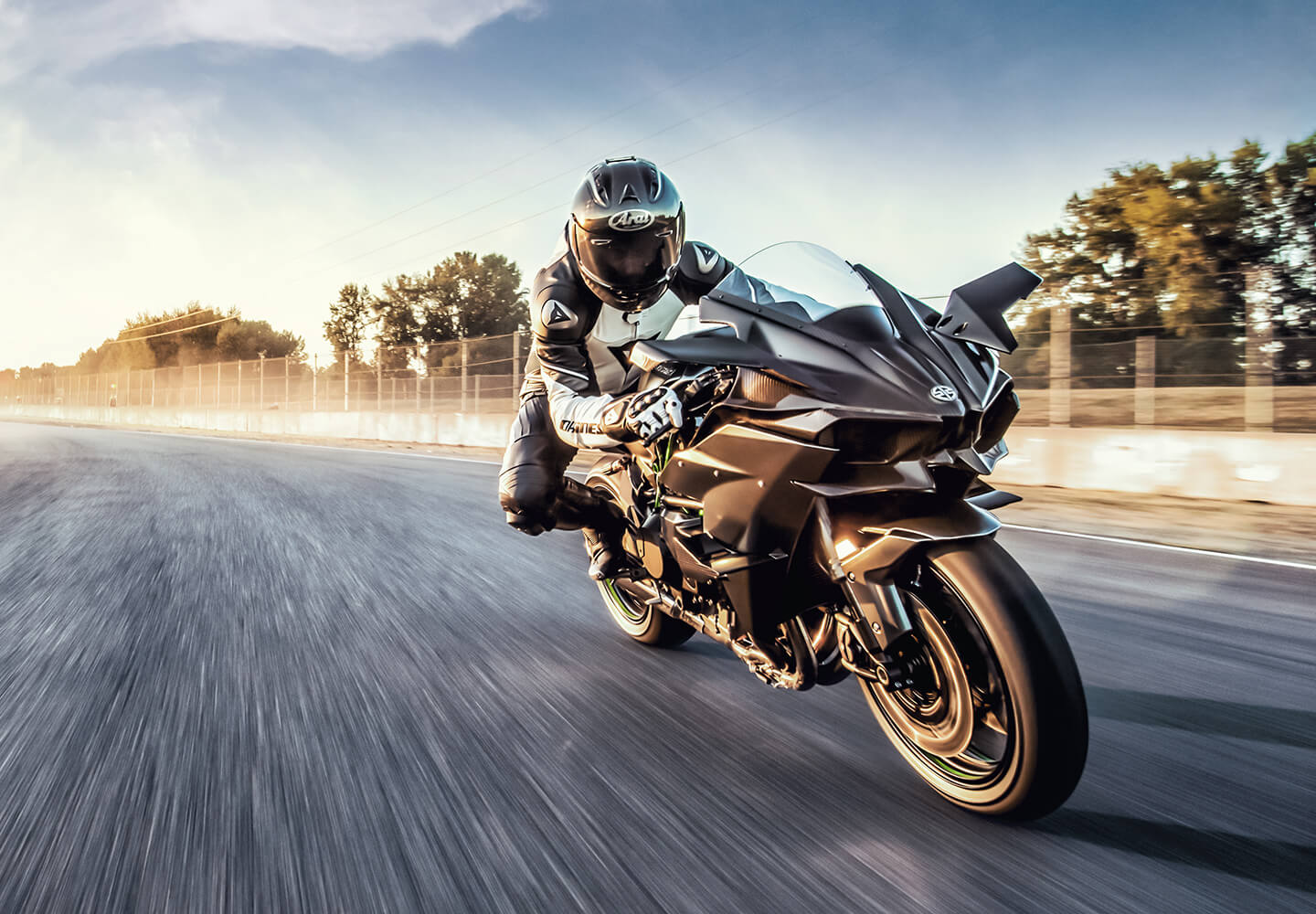
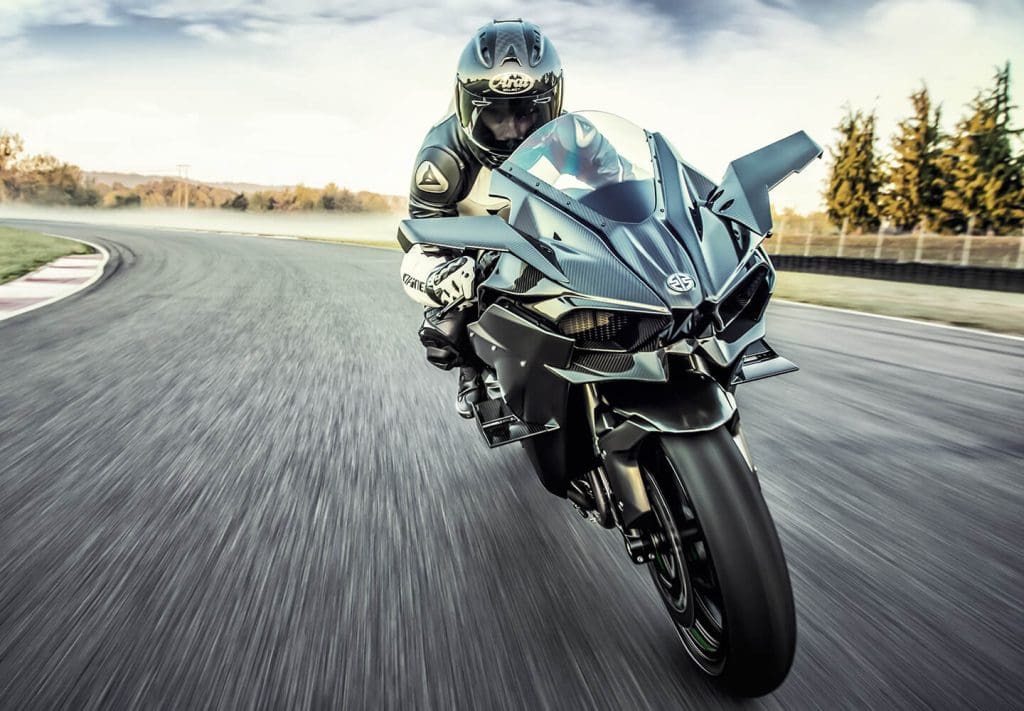
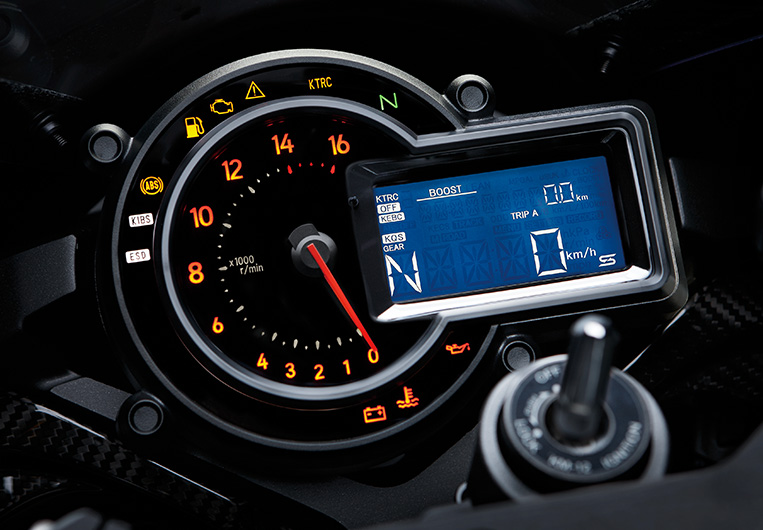
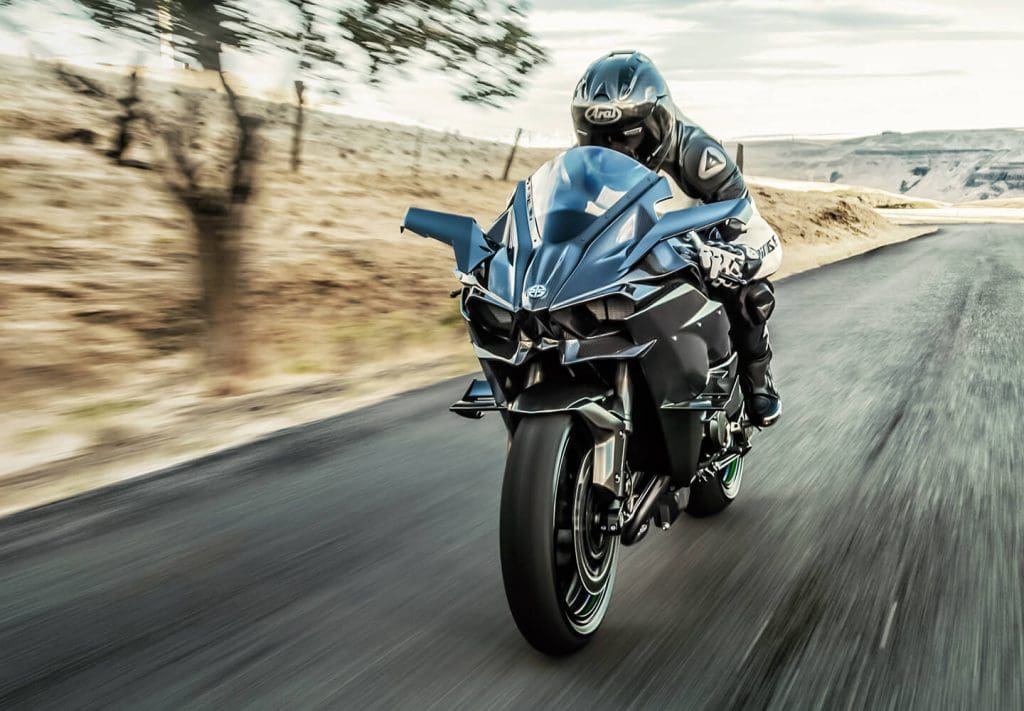
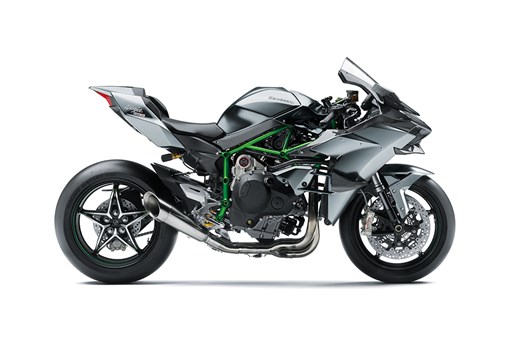

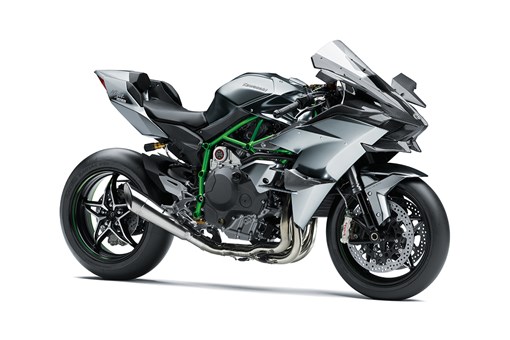
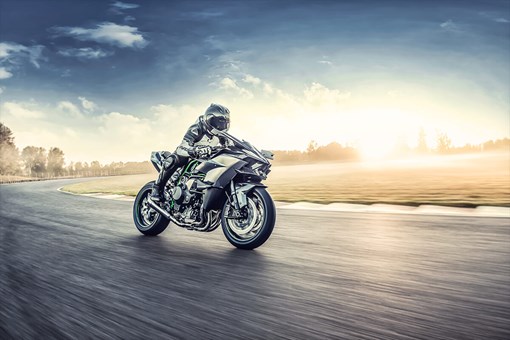
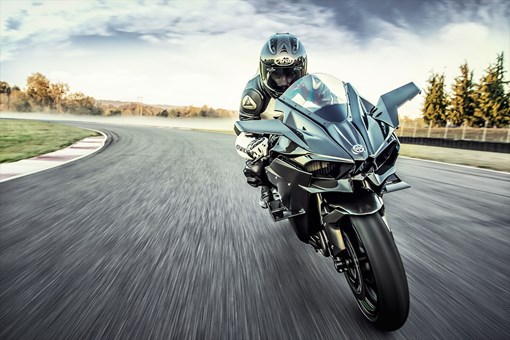
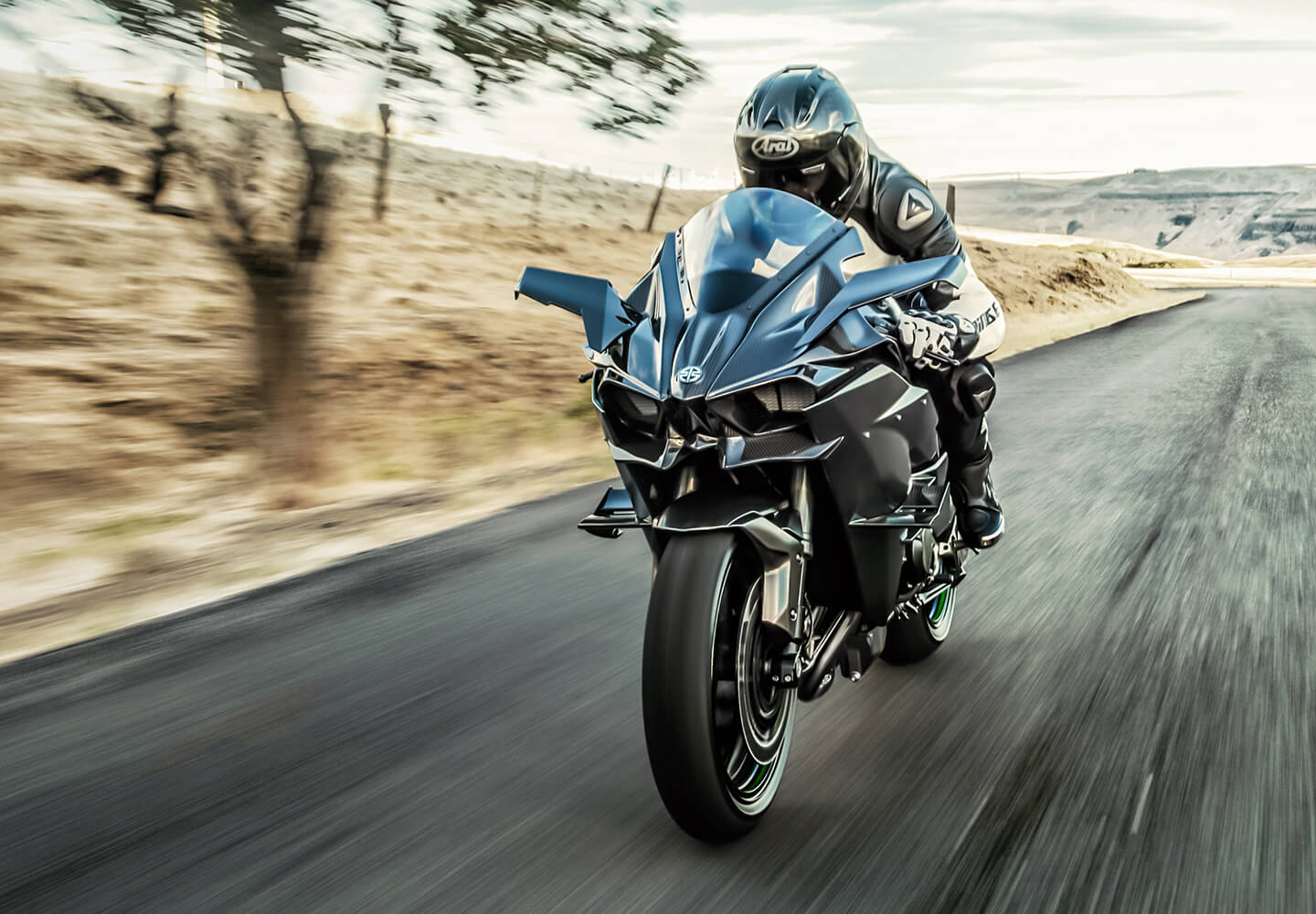




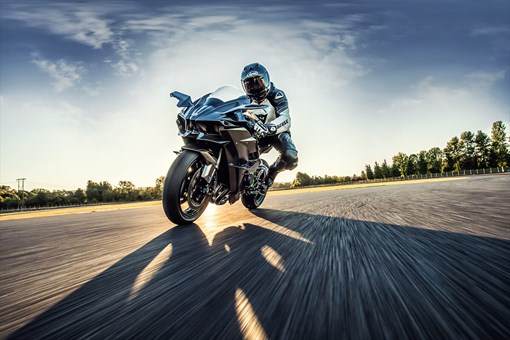





No Comment